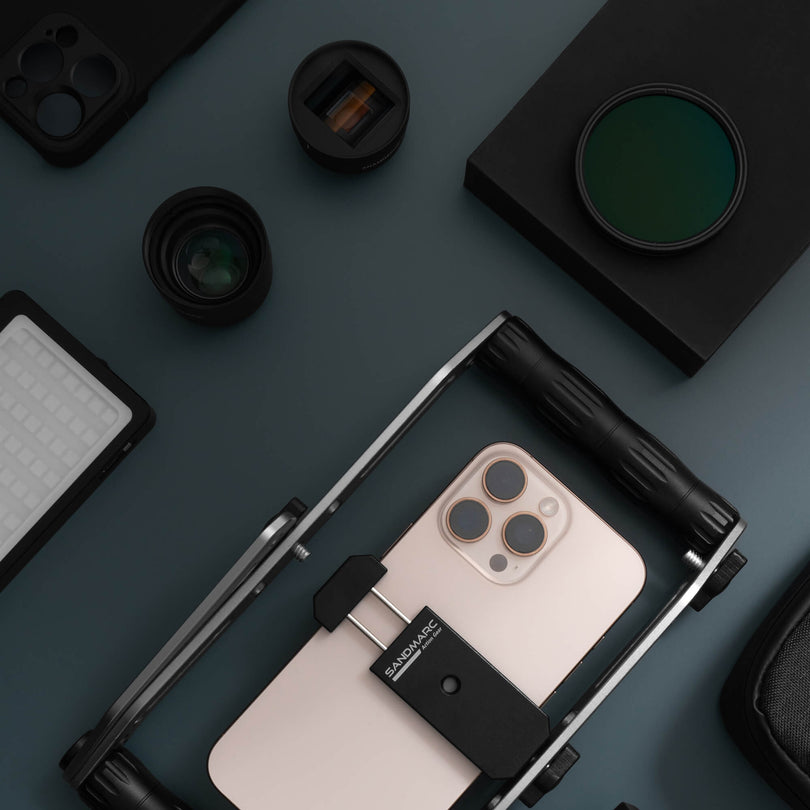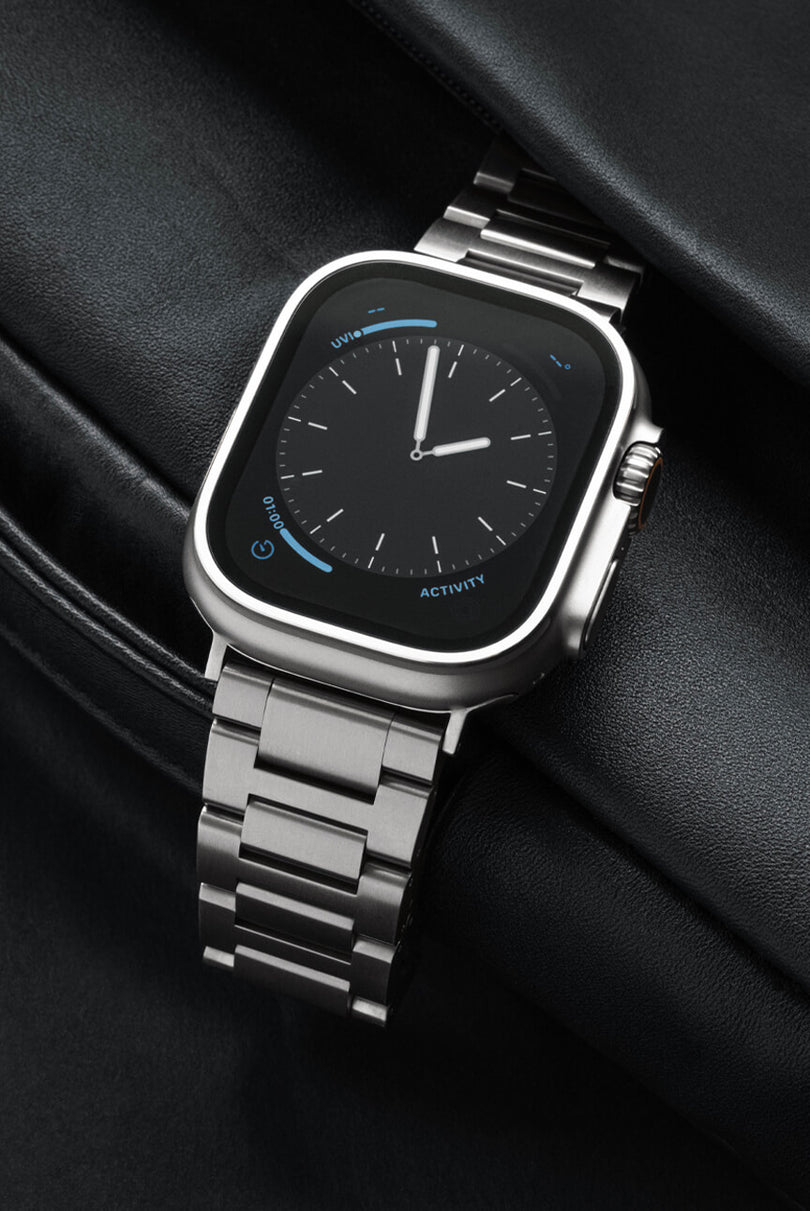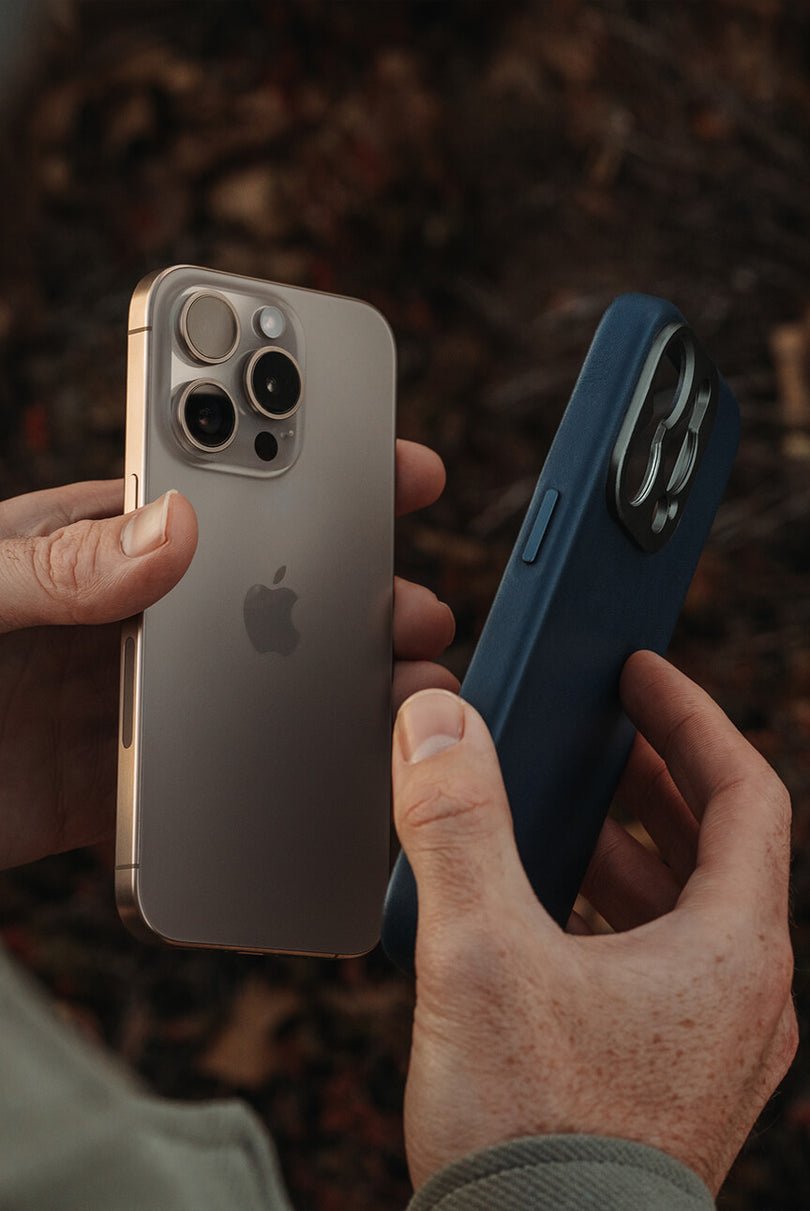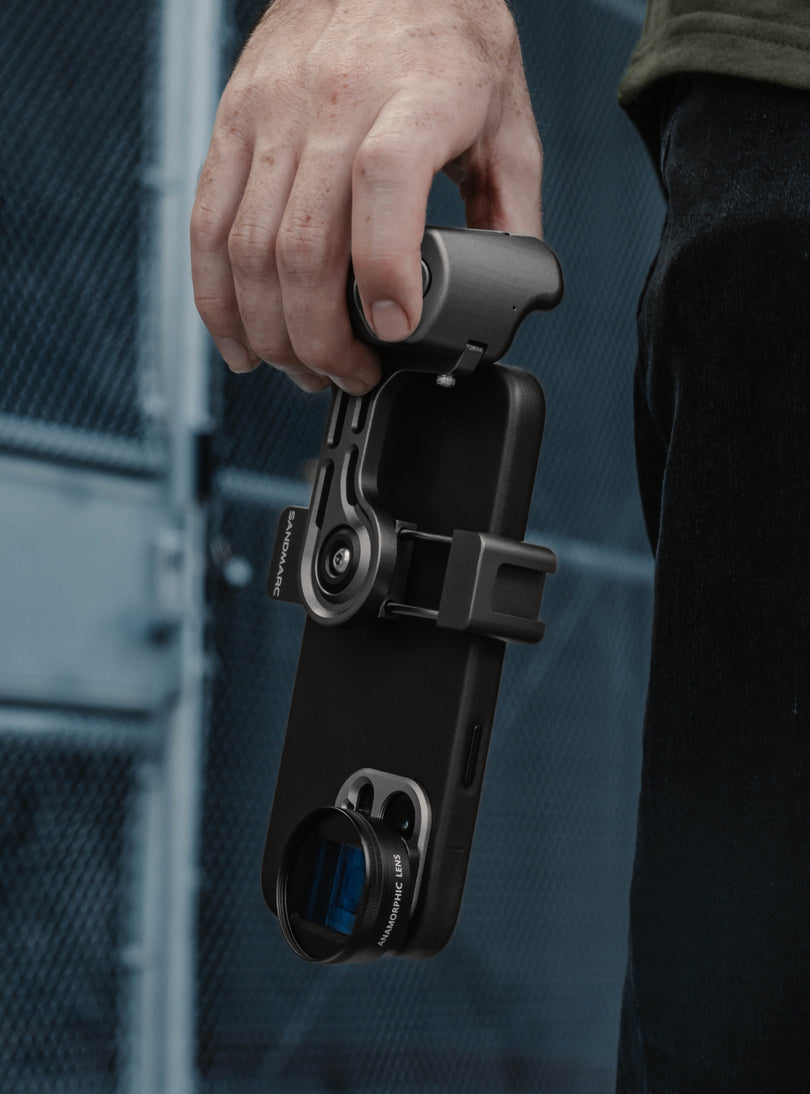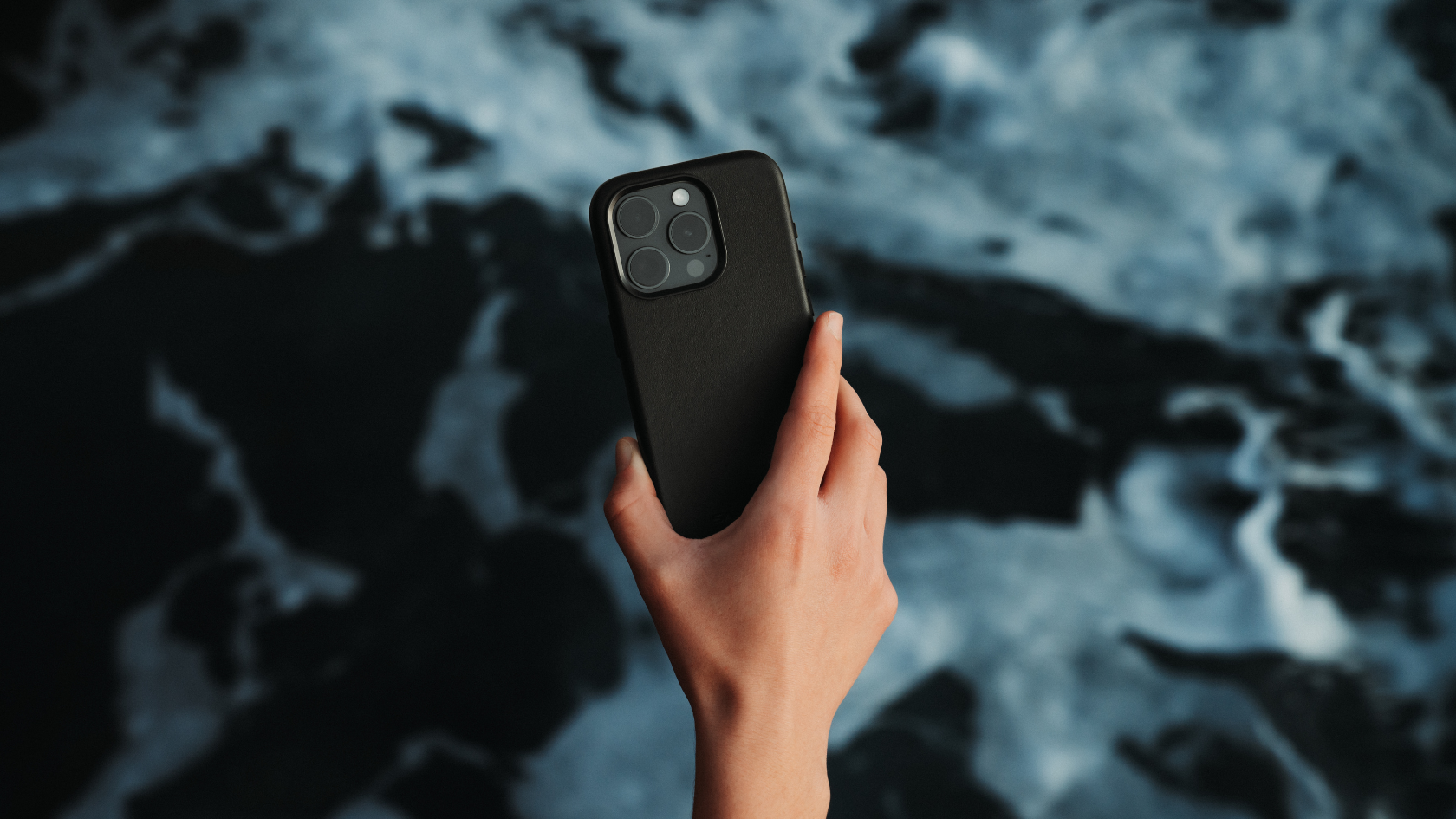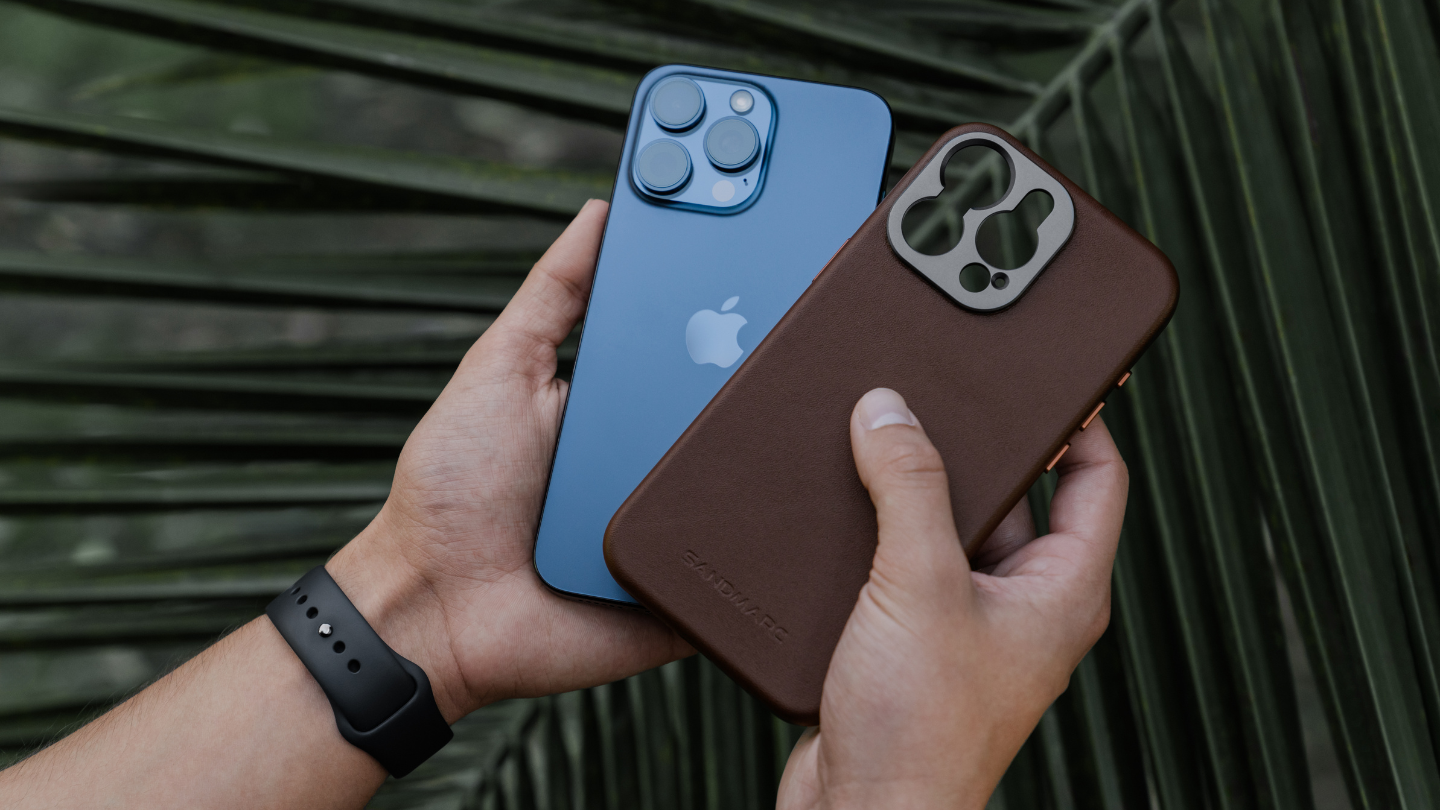Exploring Digital Zoom and Optical Zoom: Understanding Why Photographers Prefer Optical Zoom
With the advancement of the iPhone camera comes the versatility of lenses. Optical and digital zoom are nothing new to the photography world as a whole, but the advancement of optical zoom in the iPhone is. Apple is beginning to place more of an emphasis on it’s optical lens capabilities due to the negativity surrounding digital zoom. What is it about digital zoom that photographers hate? And is it necessary for Apple to completely discontinue the use of it in their iPhones?
A Brief History of the Digital Camera
Digital zoom was made possible because of the digital camera. Handheld digital cameras were used in the 1980’s and before then film was the main choice for photography.
The digital cameras then were a lot thicker than the slim design of the iPhone, but the iPhone was not the first Apple product to have a camera. In 1994 Apple launched the QuickTake, which was the first color digital camera available for less than $1,000. Fast forward to 2007 and Apple introduced the iPhone, which came with an integrated digital camera, that would offer a digital zoom feature that the QuickTake did not.
The digital cameras then were a lot thicker than the slim design of the iPhone, but the iPhone was not the first Apple product to have a camera. In 1994 Apple launched the QuickTake, which was the first color digital camera available for less than $1,000. Fast forward to 2007 and Apple introduced the iPhone, which came with an integrated digital camera, that would offer a digital zoom feature that the QuickTake did not.
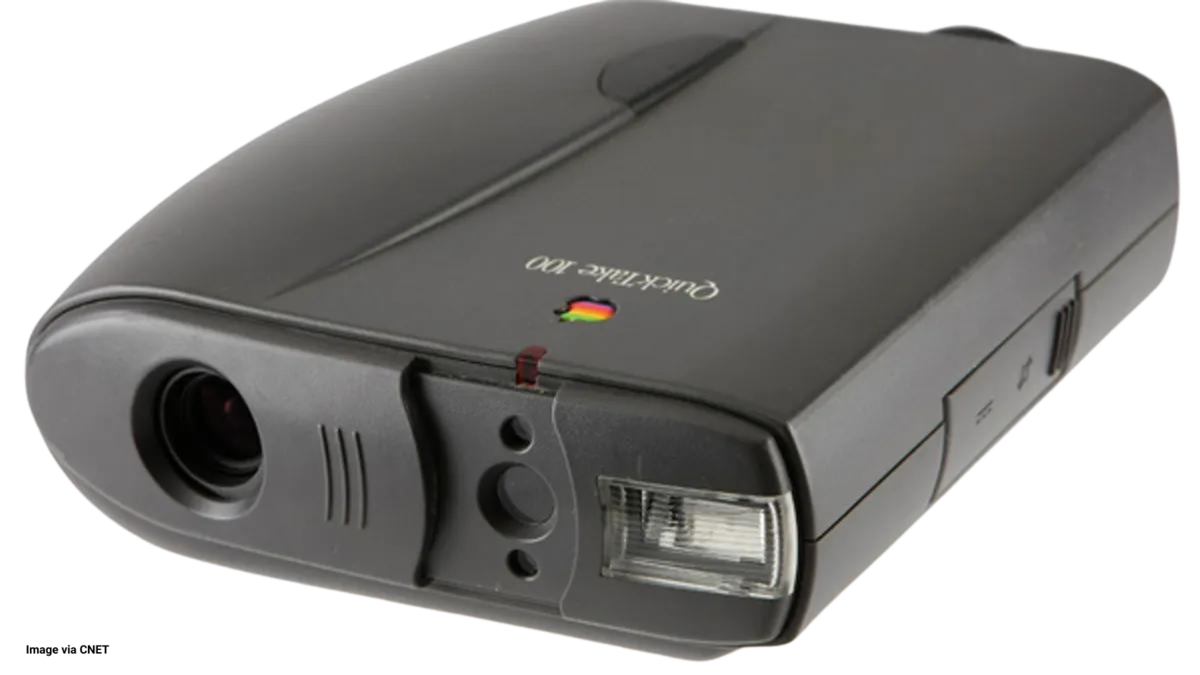
What is Digital Zoom?
Digital zoom occurs when your camera has a selected frame and continues to zoom into the image by reducing the megapixels. The breakdown of megapixels is what creates a blurry or grainy photo. Decreasing the megapixels diminishes the quality of any photo. All iPhones featured digital zoom until 2016 when Apple debuted the iPhone 7 Plus, the first iPhone to implement a Telephoto lens, enabling optical zoom.
What is Optical Zoom?
Optical zoom occurs when your camera either has an integrated lens or an add-on that functions like a set of binoculars, allowing it to focus on a specific area. Unlike digital zoom, optical zoom does not break down megapixels, preserving the photo's quality. The focal length determines how far your optical zoom can reach, ranging from 8mm to 2000mm. Photographers choose their focal length based on the type of photos they want to capture. The higher the focal length number, the greater the distance your camera can reach. In 2016, the iPhone 7 Plus had a focal length of 28mm, while today, the iPhone 15 Pro boasts a focal length of 120mm.
How does the iPhone have both?
The iPhone has both optical and digital zoom capabilities by integrating three different cameras on the phone. Each lens on the back of the camera has a different focal length. Any iPhone with three lenses on the back features a unique telephoto lens that enables sharp optical zoom. In the camera app at the bottom, depending on the iPhone model, you will see options like .5x, 1x, 2x, 3x & 5x. These numbers represent the available optical zoom settings. Once you go beyond 5x, your iPhone will switch to digital zoom.
Do Photographers truly dislike Digital Zoom?
The bottom line is that the majority of photographers dislike digital zoom, and the comparison between optical and digital zoom makes it clear why. Digital zoom breaks down megapixels and as a result the quality of a photo decreases. Photos taken with digital zoom lack the flexibility for editing, and don't give the capability of enlarging them.
Digital zoom usually means, low quality, grainy photo, but the iPhone may be ahead of the curve in changing this assumption when it comes to digital zoom. Apple is no where near fully discontinuing digital zoom from their iPhones. If anything they are figuring out ways to improve digital zoom. With the advancement of technology comes the advancement of the digital zoom.
Digital zoom usually means, low quality, grainy photo, but the iPhone may be ahead of the curve in changing this assumption when it comes to digital zoom. Apple is no where near fully discontinuing digital zoom from their iPhones. If anything they are figuring out ways to improve digital zoom. With the advancement of technology comes the advancement of the digital zoom.
Optical Zoom Still Reigns
Although digital zoom is advancing, optical zoom will always be supreme. Digital zoom may work in the moment, but when it comes to editing, optical zoom is still very necessary. If you want to elevate your iPhone's optical zoom capabilities, look no further than our SANDMARC lenses.

